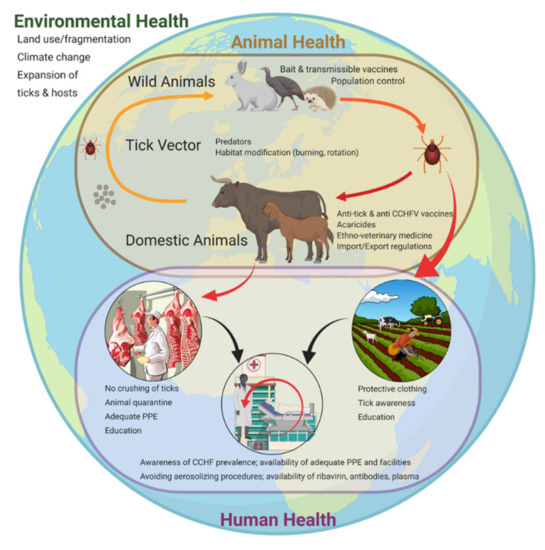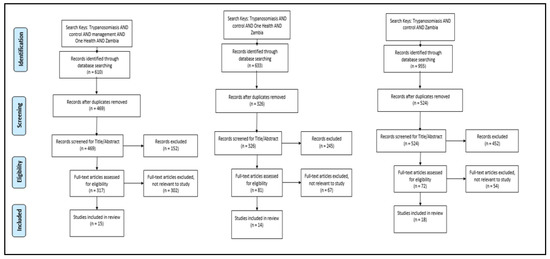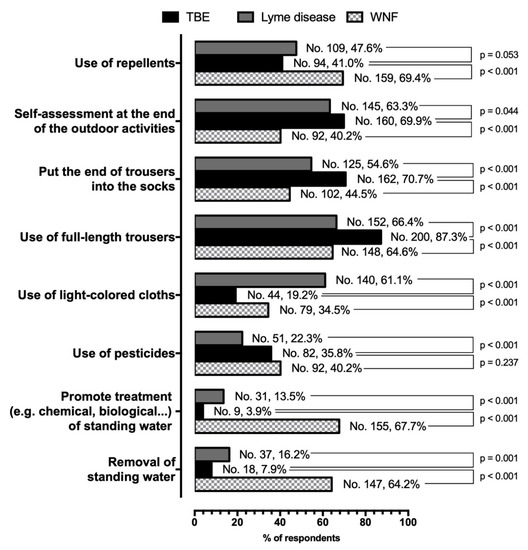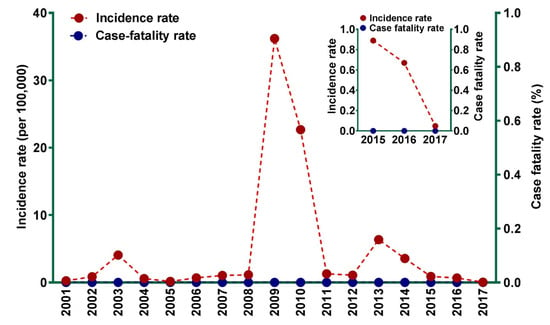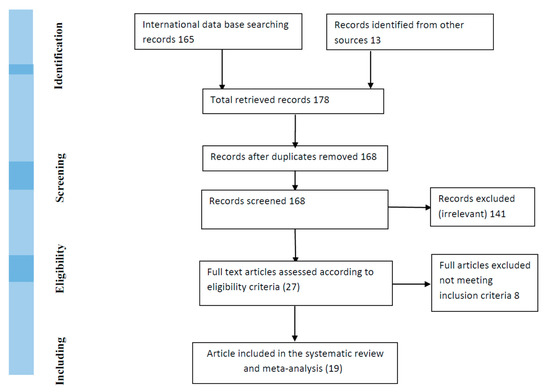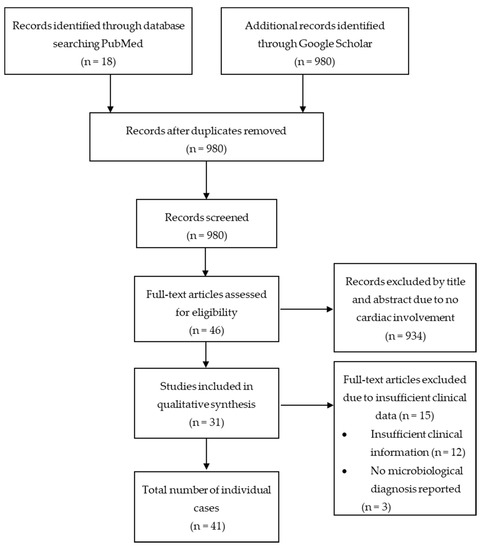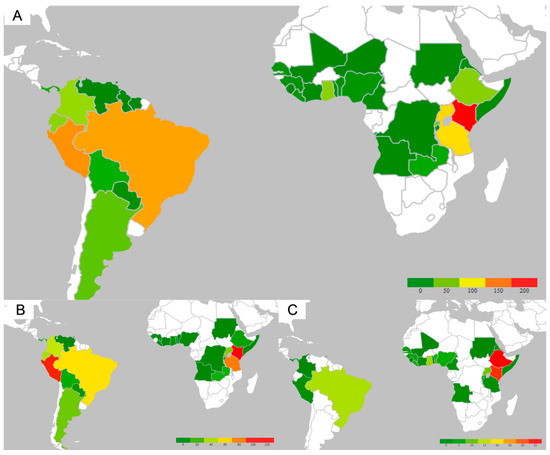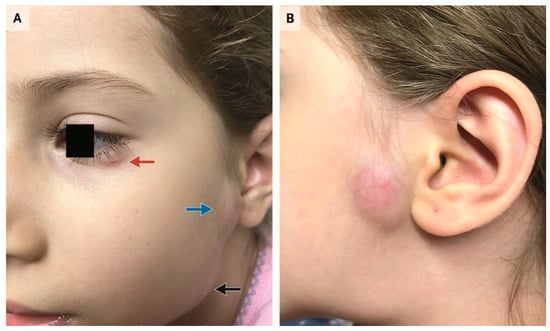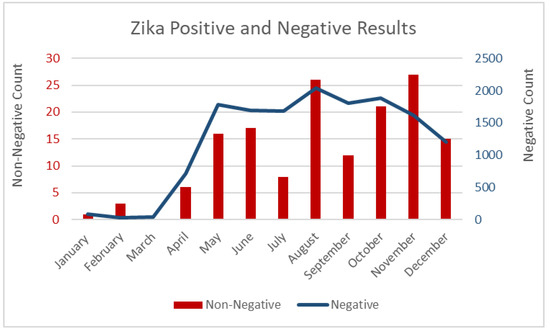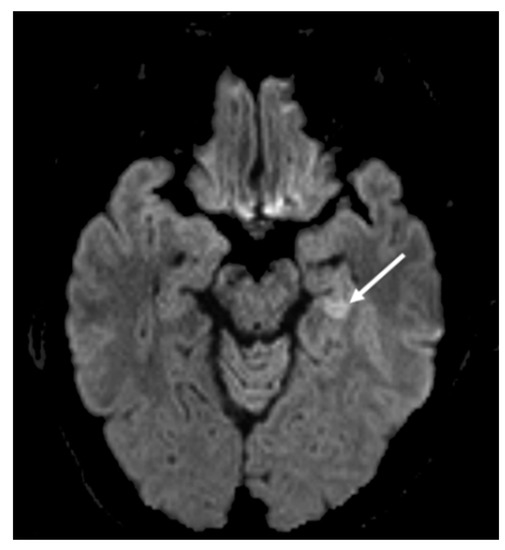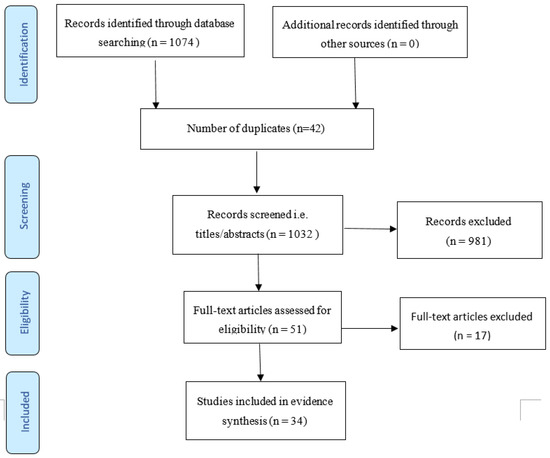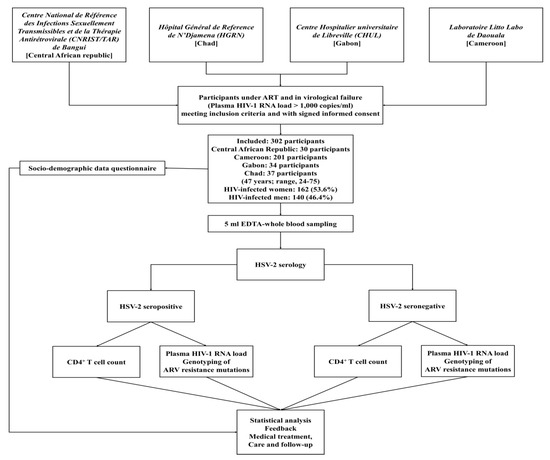Trop. Med. Infect. Dis. 2020, 5(3), 113; https://doi.org/10.3390/tropicalmed5030113 - 7 Jul 2020
Cited by 46 | Viewed by 12388
Abstract
Crimean–Congo hemorrhagic fever virus (CCHFV) infection is identified in the 2018 World Health Organization Research and Development Blueprint and the National Institute of Allergy and Infectious Diseases (NIH/NIAID) priority A list due to its high risk to public health and national security. Tick-borne
[...] Read more.
Crimean–Congo hemorrhagic fever virus (CCHFV) infection is identified in the 2018 World Health Organization Research and Development Blueprint and the National Institute of Allergy and Infectious Diseases (NIH/NIAID) priority A list due to its high risk to public health and national security. Tick-borne CCHFV is widespread, found in Europe, Asia, Africa, the Middle East, and the Indian subcontinent. It circulates between ticks and several vertebrate hosts without causing overt disease, and thus can be present in areas without being noticed by the public. As a result, the potential for zoonotic spillover from ticks and animals to humans is high. In contrast to other emerging viruses, human-to-human transmission of CCHFV is typically limited; therefore, prevention of spillover events should be prioritized when considering countermeasures. Several factors in the transmission dynamics of CCHFV, including a complex transmission cycle that involves both ticks and vertebrate hosts, lend themselves to a One Health approach for the prevention and control of the disease that are often overlooked by current strategies. Here, we examine critical focus areas to help mitigate CCHFV spillover, including surveillance, risk assessment, and risk reduction strategies concentrated on humans, animals, and ticks; highlight gaps in knowledge; and discuss considerations for a more sustainable One Health approach to disease control.
Full article
(This article belongs to the Special Issue Arthropod-Borne Viruses: The Outbreak Edition)
►
Show Figures
